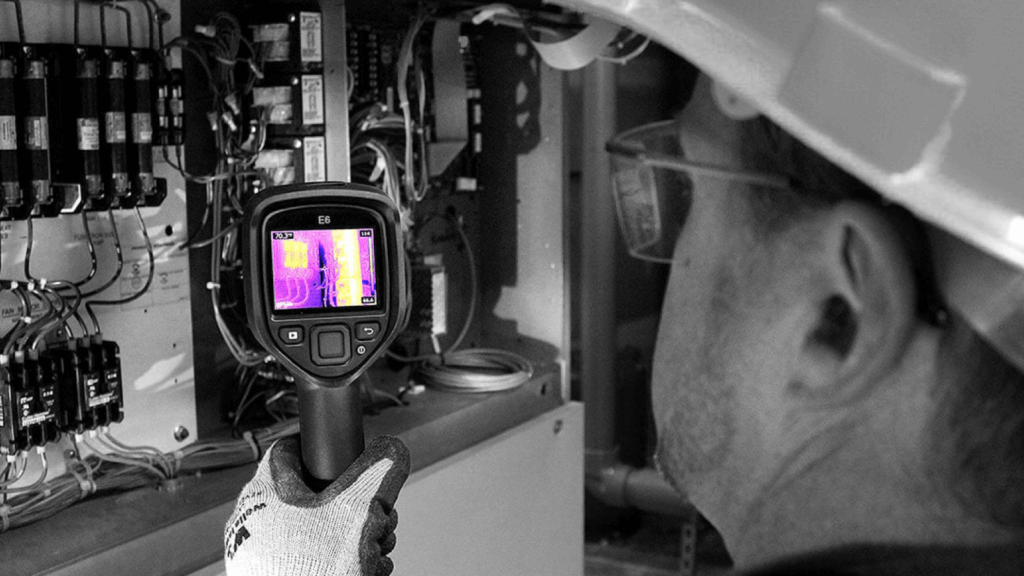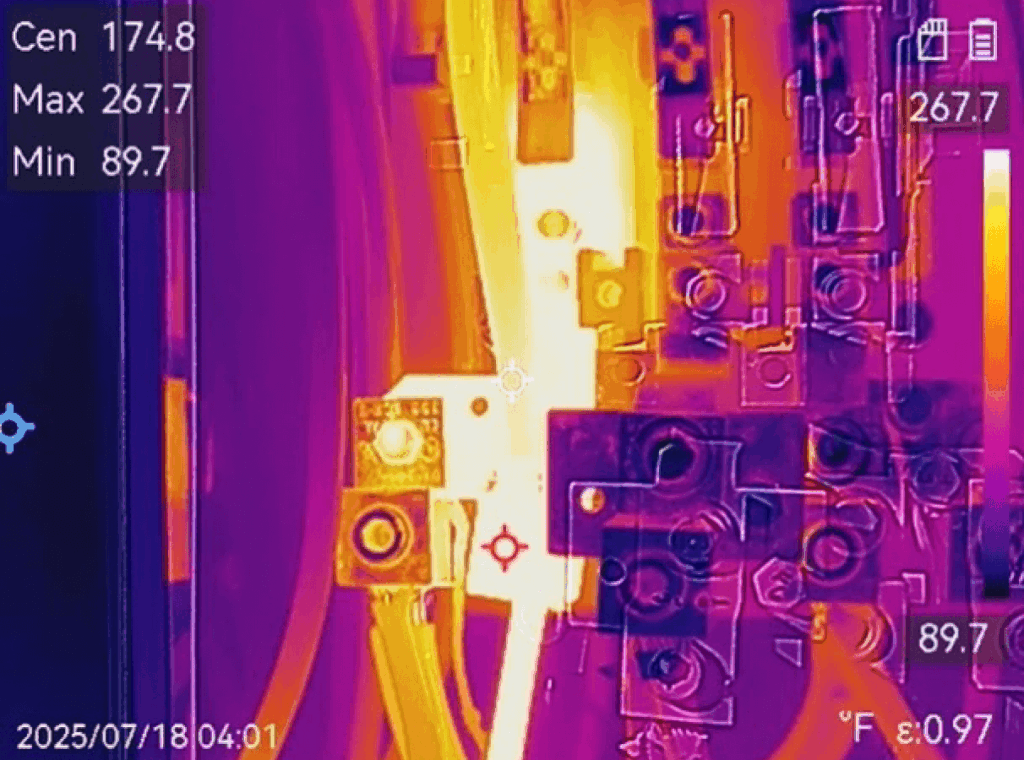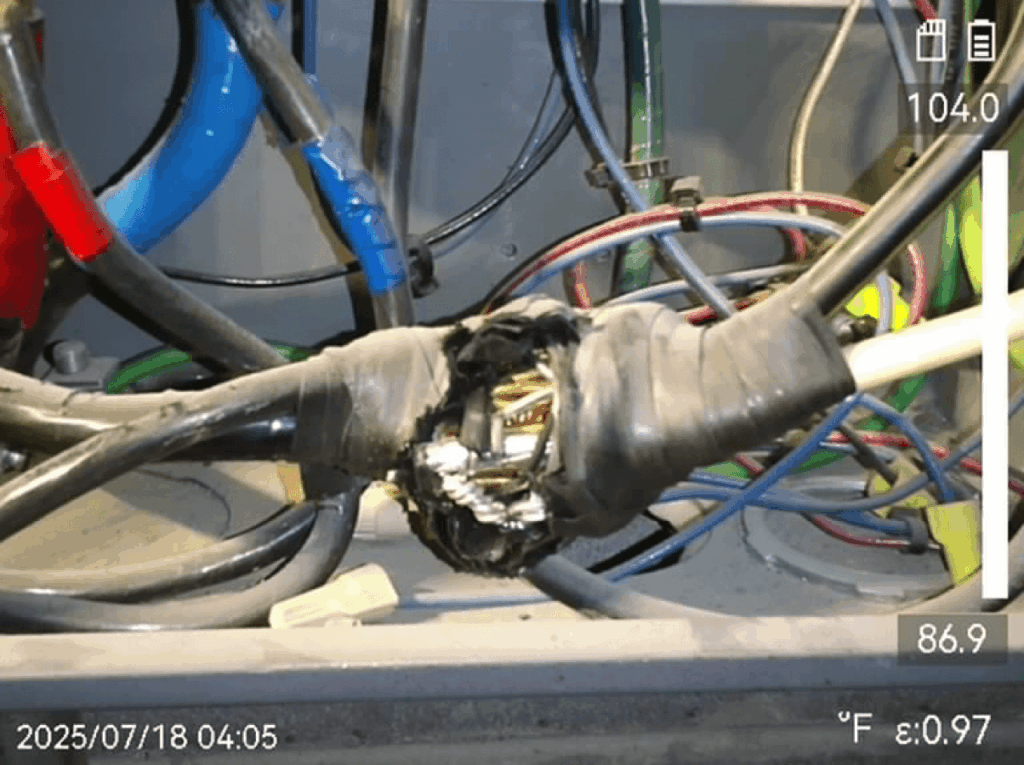Picture this: your building is humming along, everything looks fine on the surface. But behind the scenes? There could be a hotspot quietly building up to a costly failure.
That’s where thermal imaging comes in. Think of it like a weather radar for your electrical systems—it shows you where the heat is gathering before the storm hits.

Thermal imaging uses infrared technology to detect temperature differences across surfaces and systems. It’s like having a heat-sensing sixth sense. You don’t see sparks, smoke, or damage—but the camera does. And it’s telling you, “Hey, something’s not right here.”
It’s fast, non-invasive, and incredibly effective at spotting trouble before it becomes a headline.
Here’s the scoop: NFPA 70B just made a major shift. What used to be a recommendation is now a requirement. According to the 2023 edition:
Even though Utah hasn’t mandated it yet, insurers and risk managers are already treating it as the new standard. That means if you’re not scanning, you’re not covered.
That thermal image up top? It shows a component heating up to 267.7°F—way beyond safe. That kind of heat can lead to equipment failure, fire hazards, or system shutdowns. Thermal imaging helps you catch these issues early, so you can fix them before they cost you.
Documented inspections aren’t just smart—they’re strategic. They can:
When something goes wrong, you’ll have the data to back up your decisions.
Experts say OSHA will soon enforce NFPA 70B standards. Getting ahead now means you won’t be scrambling for qualified providers later. It’s like prepping for winter before the first snow—smart, proactive, and stress-free.
Let’s talk about a real moment that could’ve turned into ashes, literally.
We were scanning a strip mall near a busy restaurant when our thermal camera lit up like a warning flare. One of the service wires feeding the restaurant was glowing red-hot—nearly 270°F. That’s not just warm. That’s dangerously close to ignition.
Turns out, someone hired an “electrician” who likely prioritized speed and a paycheck over safety and code compliance. The result? A live wire burning from the inside out, hidden behind walls, quietly threatening to ignite nearby materials.
This wasn’t a fluke. It was a critical failure waiting to happen—and it was invisible to the naked eye.


This is why we scan. This is why we act. And this is why thermal imaging isn’t just smart—it’s essential.
Thermal imaging isn’t just a tool—it’s a game-changer. It helps you protect your assets, reduce risk, and stay ahead of industry standards. And with NFPA 70B compliance gaining traction, now’s the time to act.
Let Rubicon help you stay ahead. We’ll scan your systems, document the findings, and help you build a rock-solid compliance strategy. No guesswork. No surprises. Just clarity, confidence, and control.
Let Rubicon help you stay compliant, reduce risk, and catch problems before they cost you.
For the thermal image in the story above: